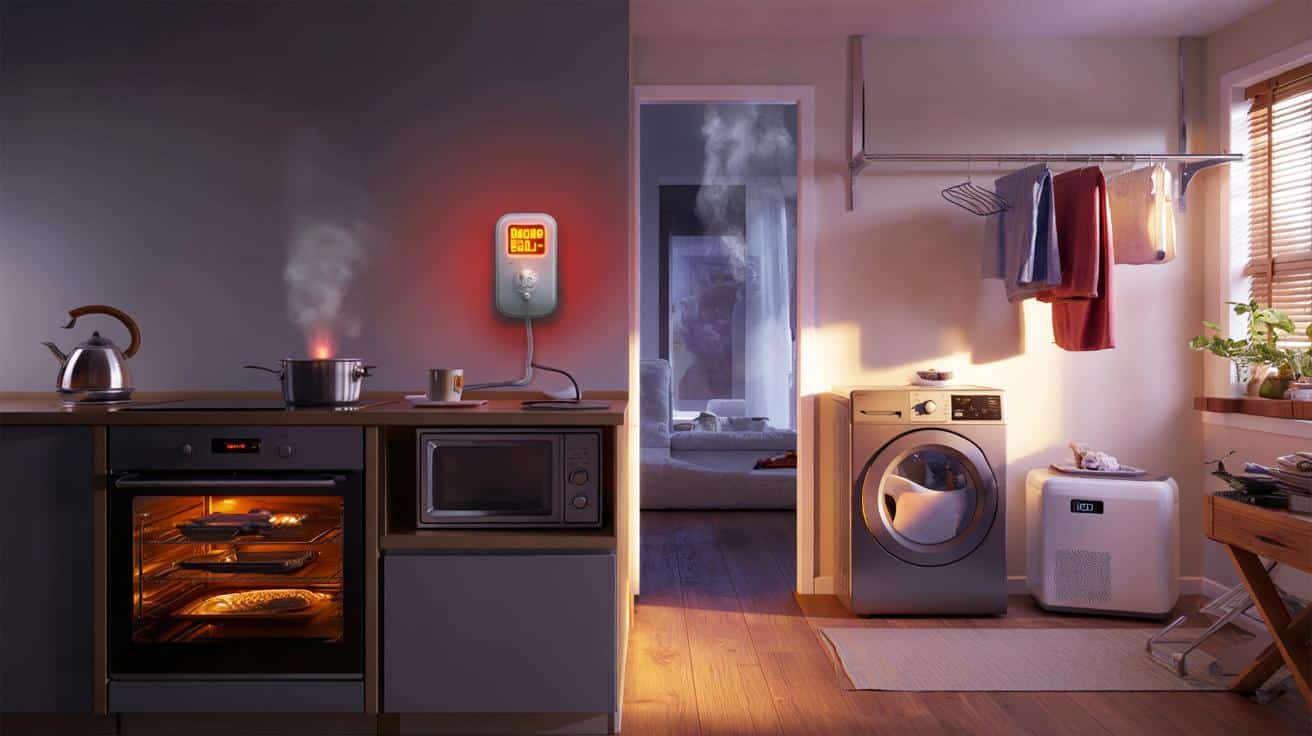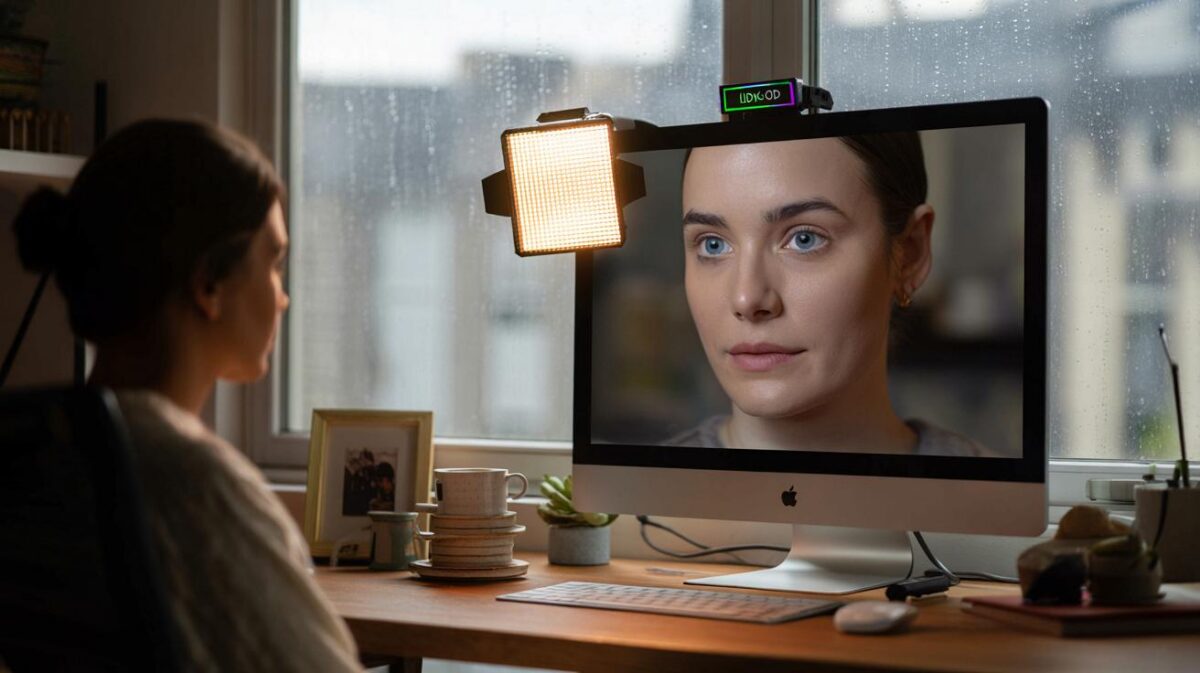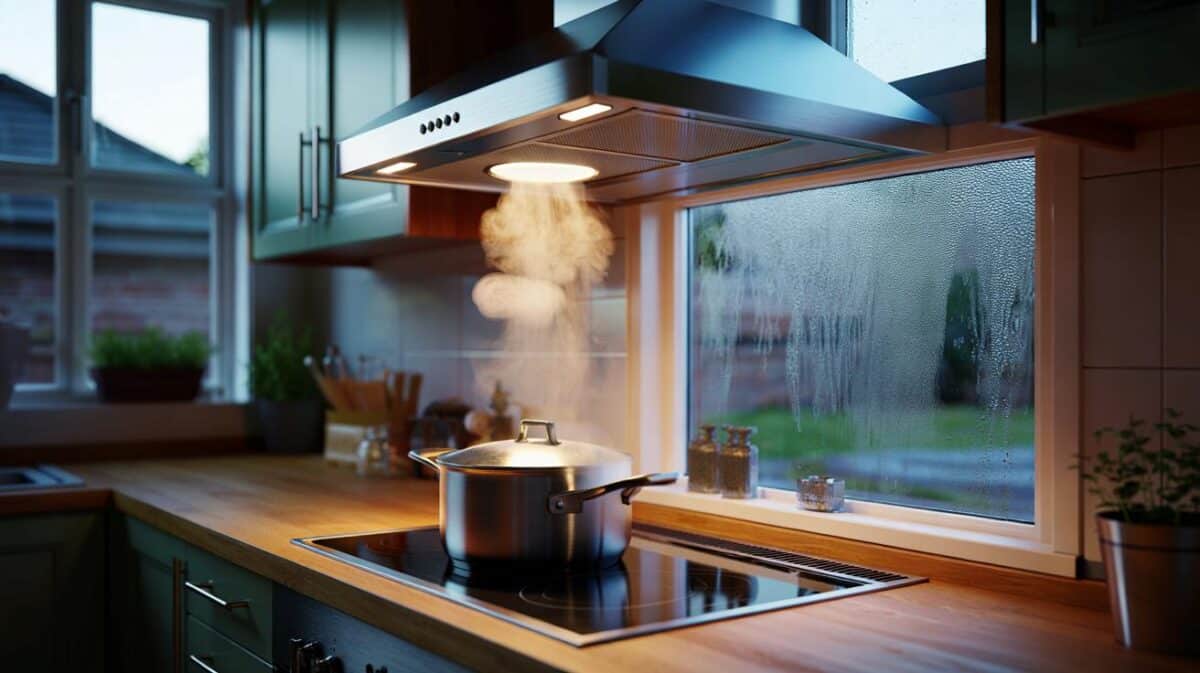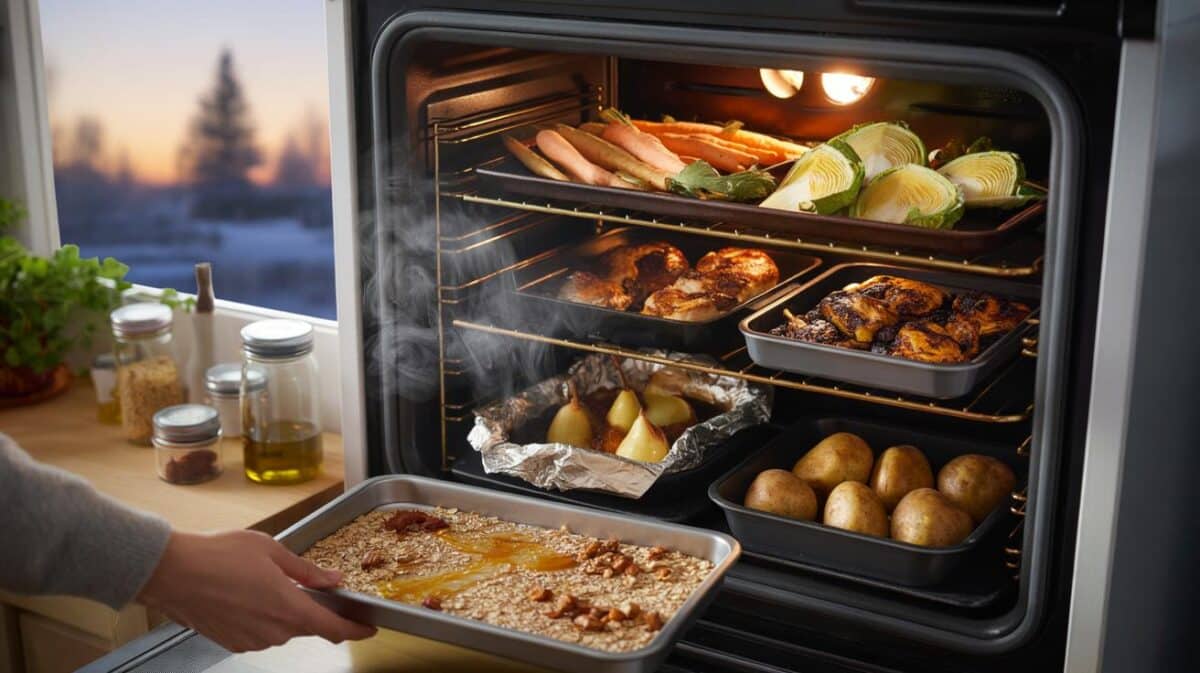It’s a map of the little moments at home — a kettle boiled to the brim, a shower that runs longer than you meant, a tumble dryer rescuing damp jeans at midnight. The question is simple: which everyday appliances are quietly gulping the most power, and how do you cut that without feeling like you’ve moved into a campsite?
The kettle clicks on, the smart meter surges to crimson, and the kitchen fills with that low, urgent hum. Down the hall, a tumble dryer thuds a tired rhythm, turning wet fabric into warm, expensive air. Two kids orbit the toast, while someone shouts from the bathroom, “Is the hot water on?”
You watch the bars on the meter jump when the electric shower starts, then settle again when the TV blinks to standby. It feels almost theatrical. The numbers don’t care about habit, only heat and time. You start to spot the culprits. The tricky bit is what to do next.
The meter knows.
The everyday culprits hiding in plain sight
Here’s the awkward truth most of us discover the hard way: the heavy hitters are the machines that make heat. Water, air, or metal — if something gets hot, your bill does too. Kettles, ovens, tumble dryers, electric showers, space heaters. They don’t nibble. They bite.
It’s why a slim electric shower can be more voracious than your flashy TV. **Heat is the hungry beast.** And almost every room in a home has at least one device designed to create it.
Take an electric shower, often rated around 8–10 kW. Ten minutes of steamy comfort can match hours of laptop time. A tumble dryer cycle might burn 2–3 kWh, while a washing machine’s 30-degree wash could sip under 1 kWh. The humble kettle typically draws 2–3 kW, which is fine for a cup, pricey for a rolling boil “just in case.”
In one student flat I visited, the smart meter spiked like a fireworks display during Sunday batch cooking. Two ovens, four rings, kettle, dishwasher pre-rinse. It looked like a family roast. It was four mates making pasta.
Then there are the devices that never really switch off. Fridge-freezers hum 24/7, usually totalling 200–400 kWh a year. Routers, set-top boxes, and smart speakers sit quietly, sipping watts that add up by the month. Vampire standby on older kit can be sneaky.
It comes down to a simple pairing: power and time. Intense bursts of heat, or low-level devices that run forever. Once you see that pattern, the fixes start to look surprisingly doable.
How to use them less without living colder
Start with water and heat. Only boil what you drink — not the whole kettle. Use lids on pans to lock in heat, and try the microwave for small reheats rather than firing up the oven. If you cook often, a pressure cooker or an induction hob can be a quiet revolution, squeezing heat into shorter, sharper sessions.
Batch cook in the oven so one preheat serves two or three meals. Turn it off a few minutes early and let residual warmth finish the job. For laundry, drop temperatures, spin higher to extract more water, then air-dry on a rack. If damp is an issue, a small dehumidifier next to the rack can beat a full tumble cycle for cost.
Here’s where small habits pay back. Run dishwashers and washing machines full, on eco cycles, and at cooler settings. Clean the lint filter on the dryer if you must use it, and keep fridge door seals tight so the compressor isn’t constantly fighting a gentle leak of cold.
We’ve all had that moment where you reboil the kettle three times because a call ran long. **Let’s be honest: no one really does that every day.** So put a mug under the tap first, fill to the line, and heat once. For the shower, try a one-song rule. Shorter, sharper, cheaper.
If this sounds like joyless optimisation, it doesn’t need to. Think “set and forget” rather than constant vigilance. Smart plugs can cut standby waste on older devices, and gentle timers can nudge you towards off-peak hours if your tariff allows it. A couple of quick wins add up fast.
“Heat and time decide your bill. You can’t dodge physics, but you can decide when and how you use it,” an energy auditor told me, leaning on a toolbox by a humming fridge.
- Boil by the mug, not by the kettle.
- Batch the oven; reheat small portions in the microwave.
- Wash cool, spin high, air-dry with a dehumidifier if needed.
- Use lids on pans; try induction or a pressure cooker.
- Kill old standby vampires with smart plugs or power strips.
Rethinking the rhythm, not the comfort
There’s a shift that happens when you stop asking, “What’s cheapest?” and start asking, “What’s hot, and for how long?” Ovens and showers become strategic. Fridges become a maintenance habit. The TV isn’t the villain; the dryer might be.
On off-peak tariffs, heavy loads can move to the quiet hours. On standard tariffs, lean into habit: a drying rack near a window, lids always to hand, a kettle used like a measuring jug. **Standby isn’t harmless.** It’s a drip. Your job is to keep the bucket from overflowing.
The beautiful thing is how normal this can feel after a week. You won’t memorise kilowatts. You’ll feel the rhythm — quick heat where it counts, low and slow where it doesn’t. The home gets calmer. The meter does too.
Most households don’t need a tech overhaul to cut energy burn; they need a reframe. Who gets the shower first, when the oven earns its keep, where the laundry hangs. These are household rituals, not spreadsheet cells. Share a rack, share a roast, share a timer on the shower and turn it into a game.
Talk to the people you live with. Pick two things to change, not ten. A kettle habit and a laundry tweak can trim a winter bill more than a month of guilty light-switch tapping. Then add one more change next week. That’s it.
Some days you’ll forget. Some evenings you’ll tumble-dry everything because life is messy. That’s fine. Pick up the rhythm again tomorrow. Your smart meter won’t applaud, but your future bill might do a quiet little nod.
| Point clé | Détail | Intérêt pour le lecteur |
|---|---|---|
| Heat rules the bill | Appliances that heat water, air, or metal use the most power | Know where to focus for the biggest savings |
| Time matters | Low-watt devices running all day add up, as do long showers | Spot hidden costs and adjust routines |
| Habits beat hardware | Small repeatable changes outpace rare heroic efforts | Practical steps you’ll actually keep doing |
FAQ :
- Which appliances cost the most to run day-to-day?Electric showers, tumble dryers, ovens, and space heaters top the list. Fridge-freezers cost a lot over the year because they’re always on.
- Is it worth turning devices off at the wall?For older TVs, set-top boxes, and consoles, yes. Newer kit uses less in standby, but the total can still matter if you have lots of always-on gadgets.
- Does washing at 30°C really save energy?Yes. Heating water dominates the cost of a wash. Modern detergents work well at lower temperatures for everyday loads.
- Microwave or oven: which is cheaper for small portions?Microwave. It heats the food directly and runs for minutes, not half an hour of preheating and baking air.
- What’s a quick win with no new tech?Fill the kettle to what you’ll drink, use pan lids, and air-dry laundry near a dehumidifier if your home gets damp. These three moves cut a surprising amount.








